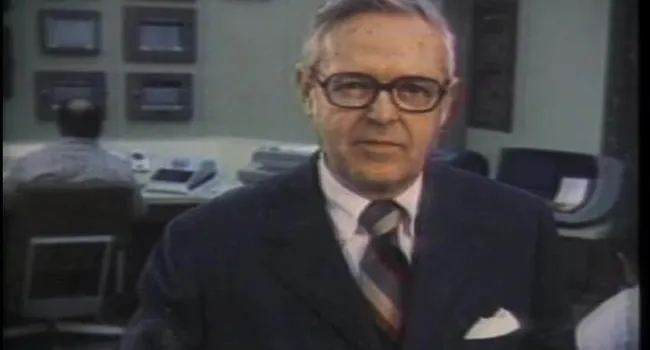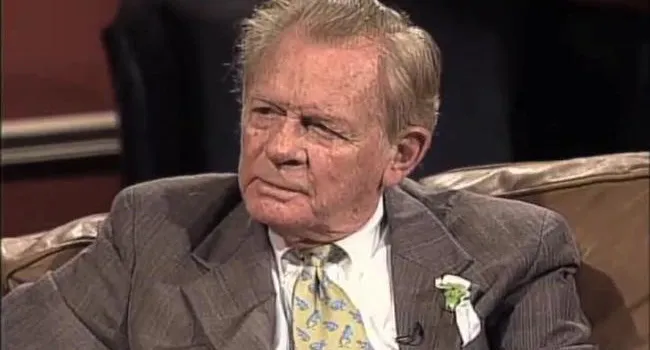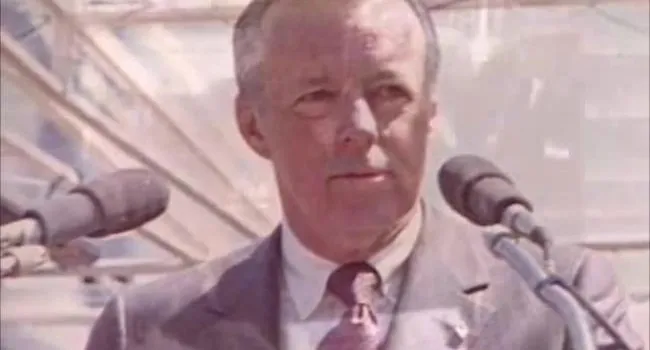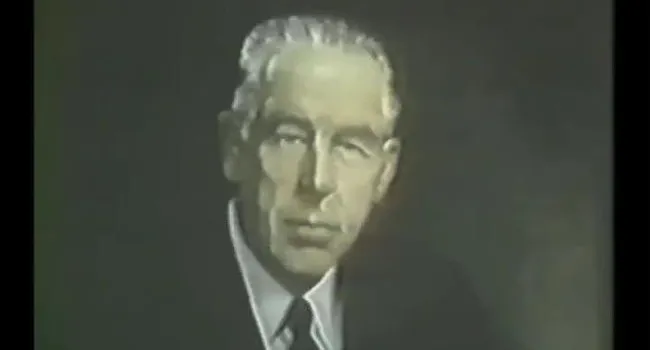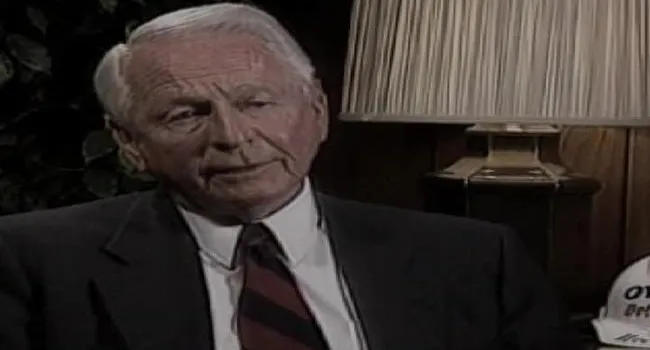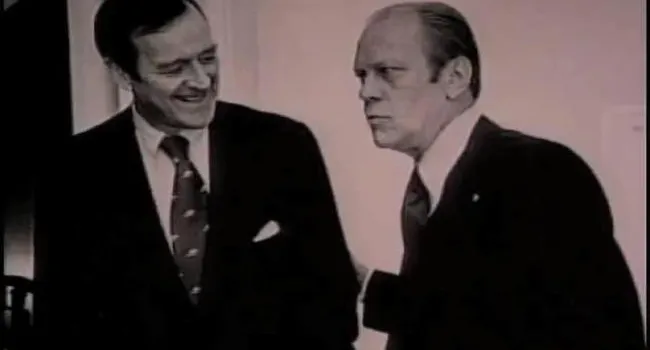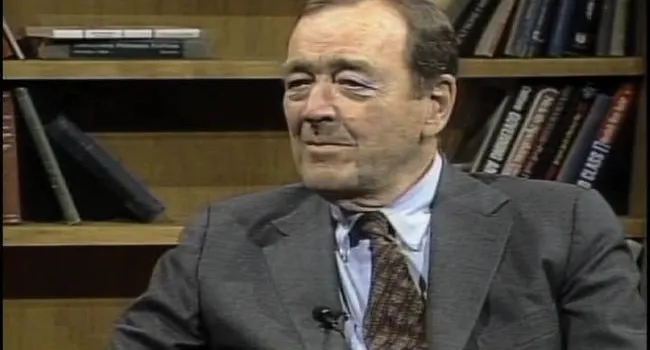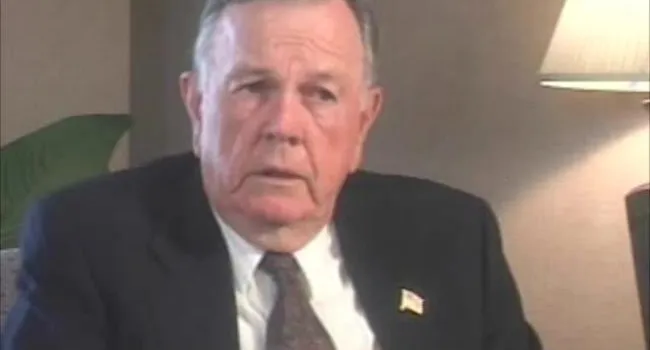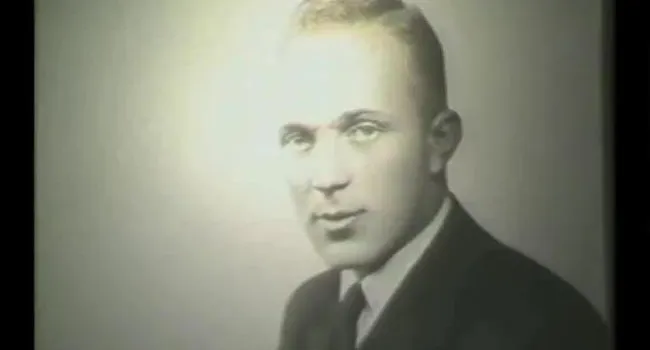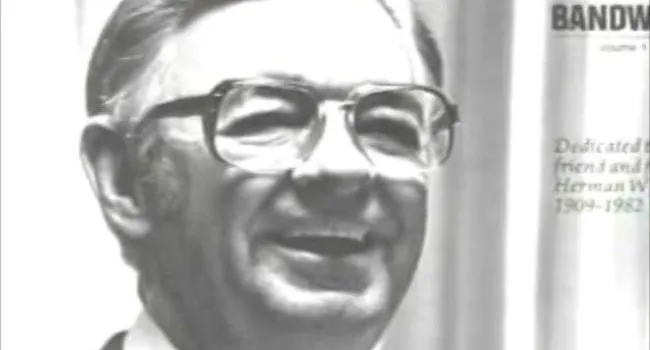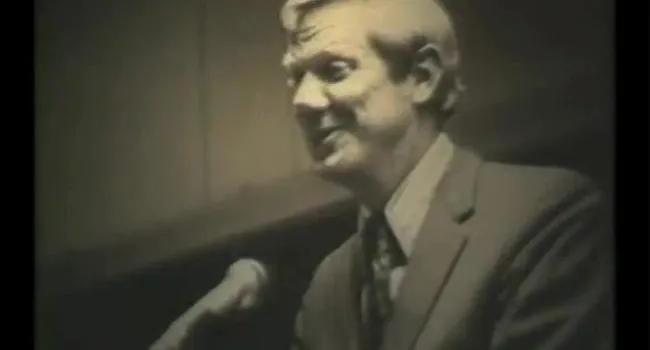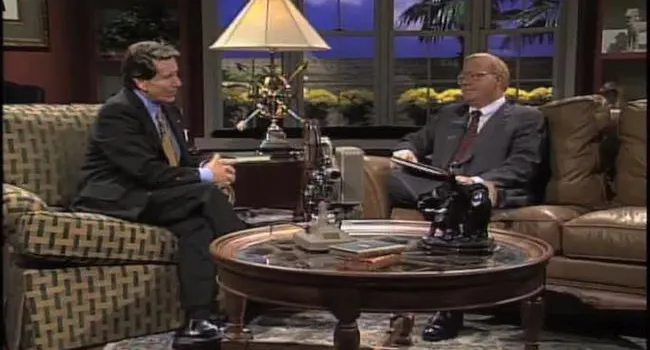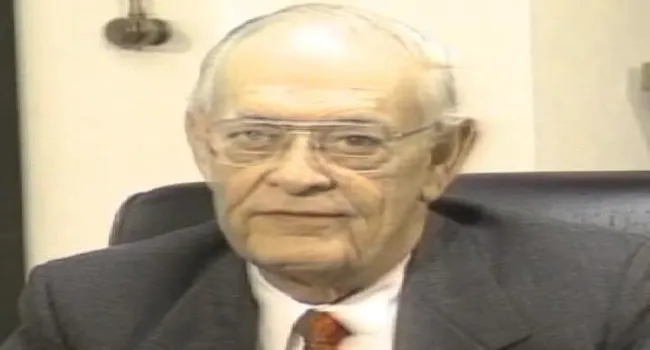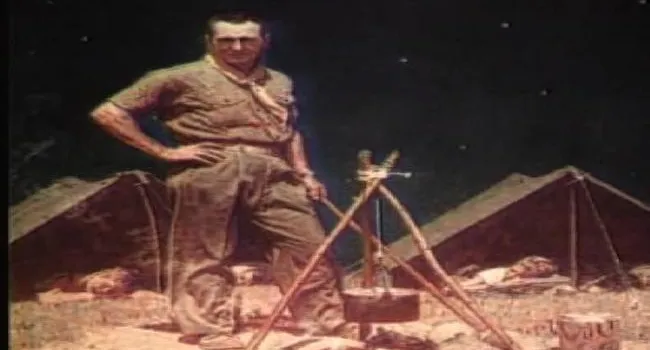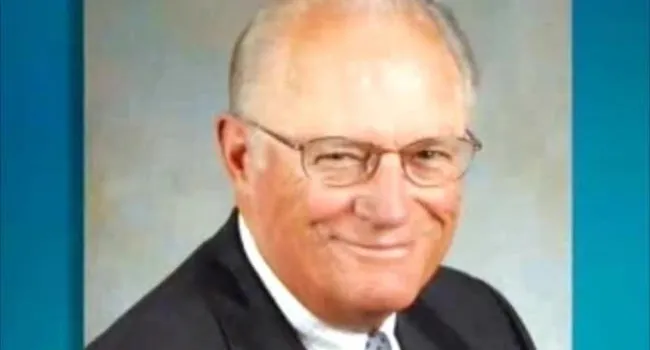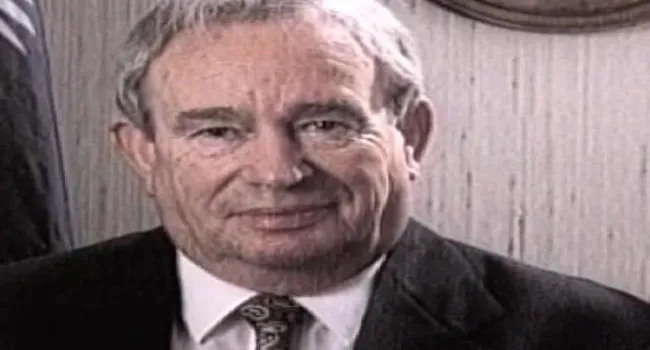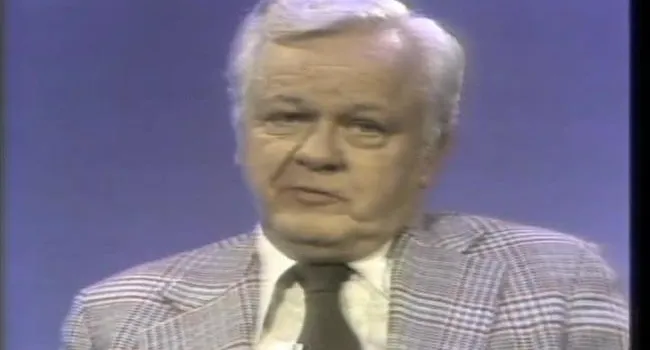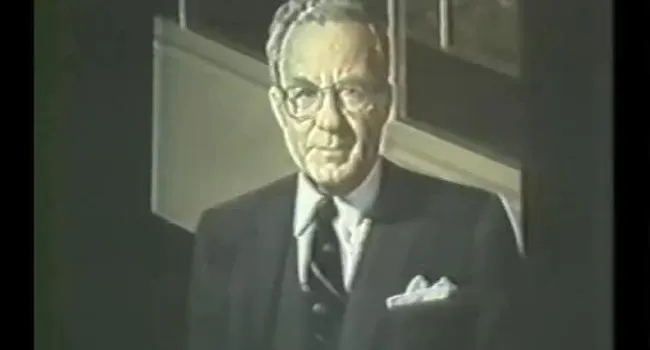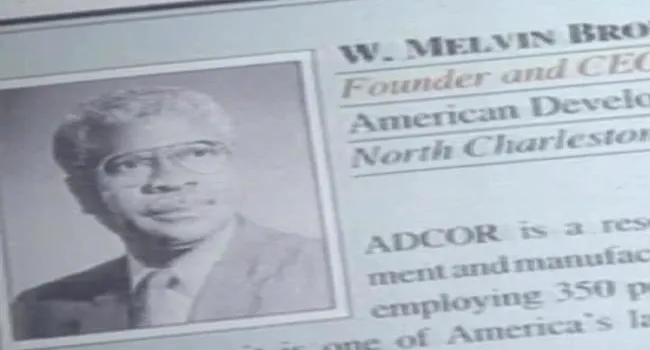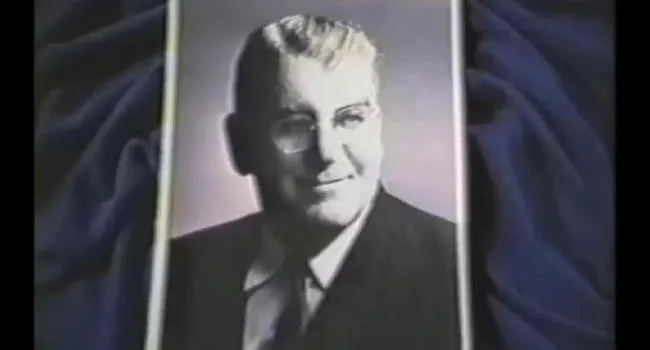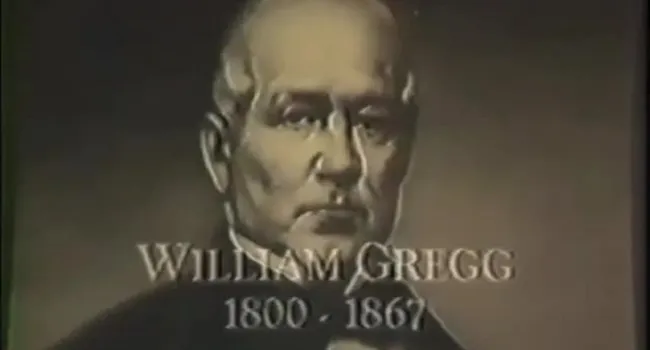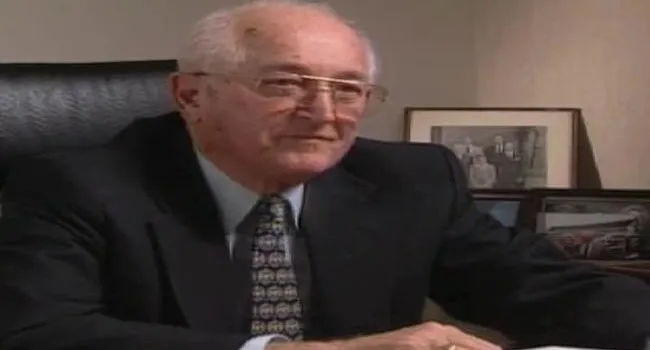James C. Self, Sr. (1876–1955)
James C. Self, Sr. took a rundown cotton mill and turned it into what has been called "The Greenwood Story," and his is one of the most notable success stories in South Carolina history.
James Cuthbert Self was born July 1, 1876, the son of Dr. James Anderson and Mary "Callie" Holloway Self. He grew up on a farm in Edgefield County. His father, a country doctor, died at an early age, leaving a widow and three sons.
In 1893, Self was a member of the first class at Clemson College. To help support himself at Clemson, he dug ditches for 8 cents an hour. When four bales of cotton, raised on the family farm, brought less than $100 in 1894, he realized he could not return to college, and he also made a decision to leave farming.
Self clerked in a rural store, where he earned only $8 a month, but he saved enough money to attend business school in Virginia. The business course completed, Self returned to Greenwood and eventually became cashier of the Bank of Greenwood.
In 1908, at the age of 31, he took over the debt-ridden Greenwood Cotton Mill. Self faced the problem of salvaging a mill being operated under a debt greater than the mill's value. Looms needed to be replaced, and preparation and spinning equipment needed to be modernized.
Draper Corporation of Hopesdale, Massachusetts, had developed and refined automatic looms, as well as the first automatic bobbin-changing loom. So Self made arrangements to visit the Draper Corporation. He met with Eben Draper, then governor of Massachusetts, who was substituting for his brother, George, the company's manager.
Eben Draper listened intently while Self explained the dire need for the looms. The talks ran so long that Draper suggested they have dinner in his home. At the end of the evening, Draper said, "Your collateral is worthless, but I'll take a chance on your integrity. Give your specifications to our engineers tomorrow."
An elated Self returned to Greenwood and began preparing for the arrival of the new machinery. But George Draper wrote to Self and explained that there would be no machinery without good, hard collateral.
Self took the first train back to see George Draper, who had broken his brother's pledge of assistance. Although widely recognized for austerity in his business dealings, Draper was persuaded by the vigor and enthusiasm of his visitor. Self explained to Draper, "Your brother on my last visit here promised to let us have the looms, and in the South, sir, we do what we promise." Draper finally agreed to let Self have several hundred new, wide Draper looms. As one editorial writer expressed it, with that successful deal, Self had set the stage for a career that led him "from the days of dark adversity in the difficult years before the turn of the 20th Century to the pinnacle in the industrial world."
Self's talent for placing the right people in the right jobs and his persistence and honesty in equipping the mill with new looms, obtained on credit, proved to be the catalyst that kept Greenwood Cotton Mill alive and made The Greenwood Story possible.
Under his direction, a second textile plant was reopened in Greenwood, and plants in Ninety Six and Greenwood were purchased. Self's sound business practices allowed the company to weather the Great Depression, and in 1935, when most textile plants were in trouble, his mills were running three shifts a day.
In 1942, Self created The Self Foundation, primarily to build a hospital for Greenwood residents. Self Memorial Hospital was dedicated in 1951 and today is considered one of the finest in South Carolina. The foundation has broadened its scope, principally in the health care and higher education areas, and by 1999 had made grants of more than $32 million, principally in South Carolina.
The 1950s were years of growth and expansion for Greenwood Mills, and two new plants were built in Greenwood. The first, a 100 percent filament plant, was built in 1950; the second, a print cloth facility, was completed in 1953. It was the last plant built during Self's lifetime.
Many honors came to Self. One of the most notable was the Man of the South award in 1952. Robert C. Jackson, executive vice president of the American Textile Manufacturers Institute and principal speaker at the presentation, said of Self:
"The true measure of Mr. Self's success is not alone what he has been able to do with spindles and looms and mills, but what he has been able to do for people—the people who work with him and for him, the people of his community and this state and this Southland."
In 1951, 58 years after he entered its first class, Clemson College awarded him an honorary doctoral degree. The following year, he received an honorary degree from the University of South Carolina. In 1948, the Greenwood Chamber of Commerce named him its Man of the Year; in 1949 the Greenwood Lions Club named him Man of the Year; and the Ninety Six Lions Club chose him as First Citizen.
He was married to the former Lura Mathews, and they were the parents of a son, James C. Self, Jr.. James Cuthbert Self died July 21, 1955.
He was inducted into the South Carolina Business Hall of Fame in 1986.
© 1999 South Carolina Business Hall of Fame

